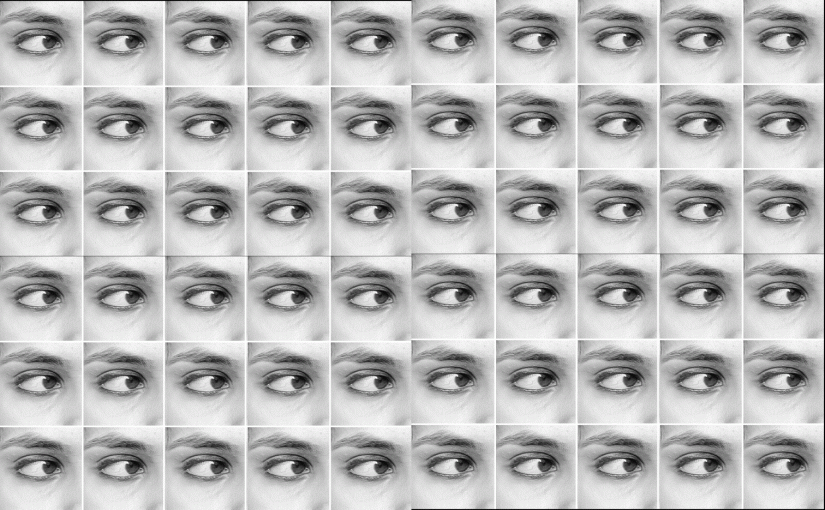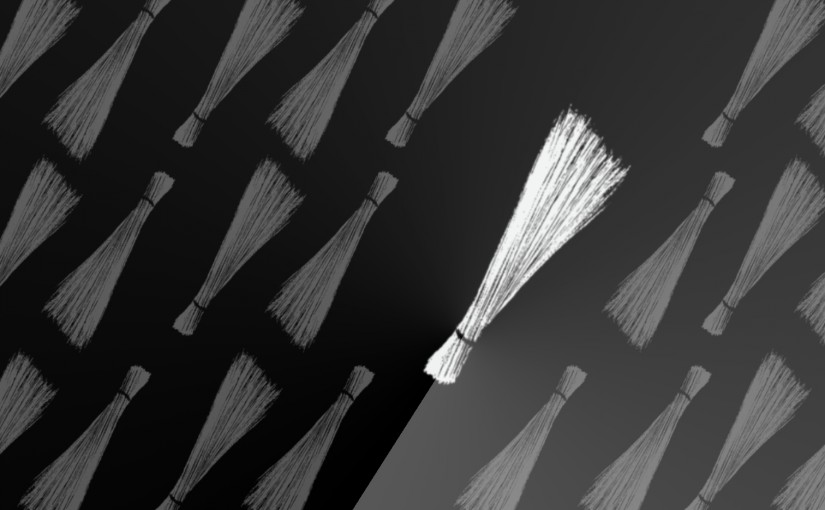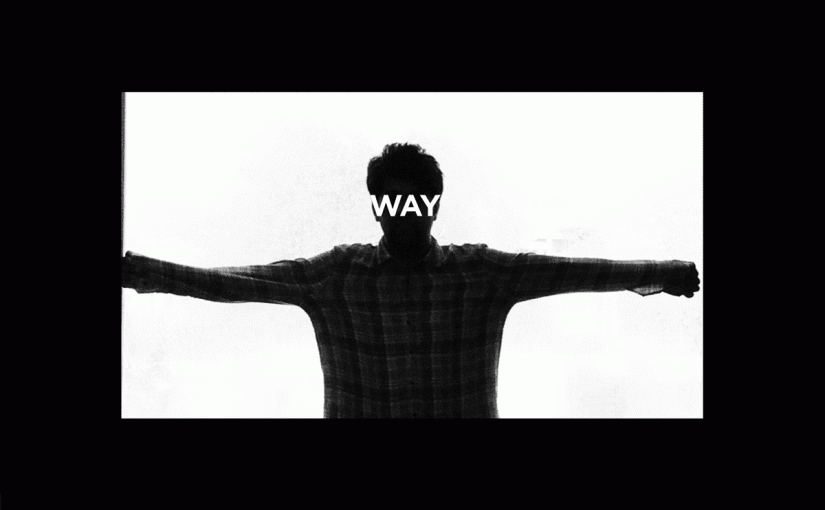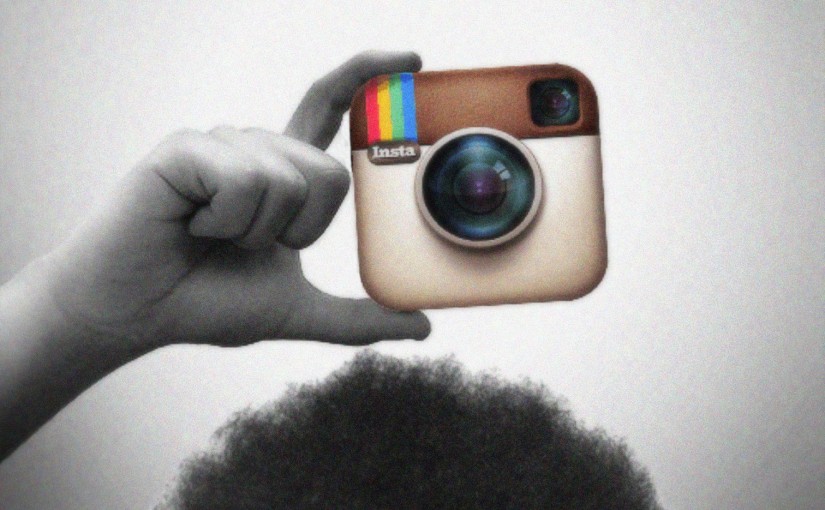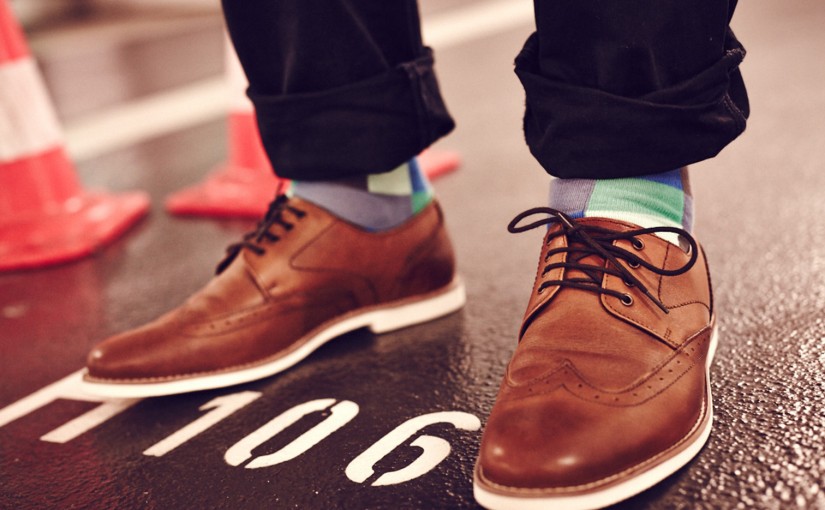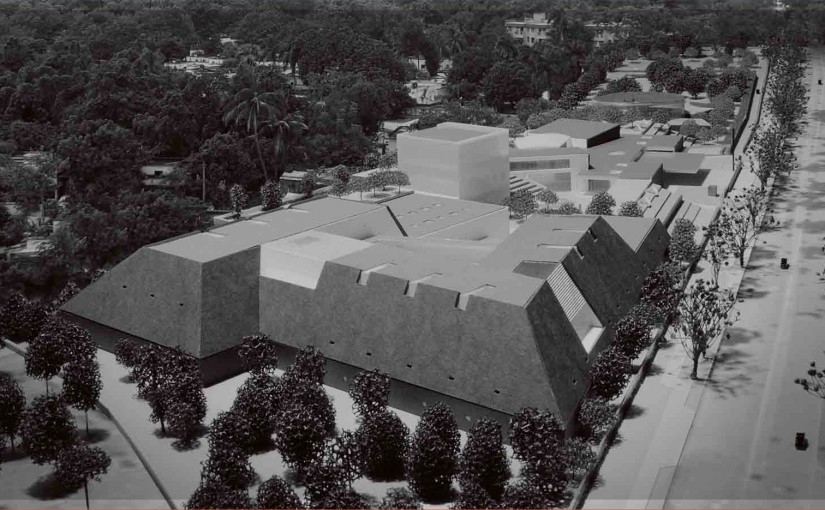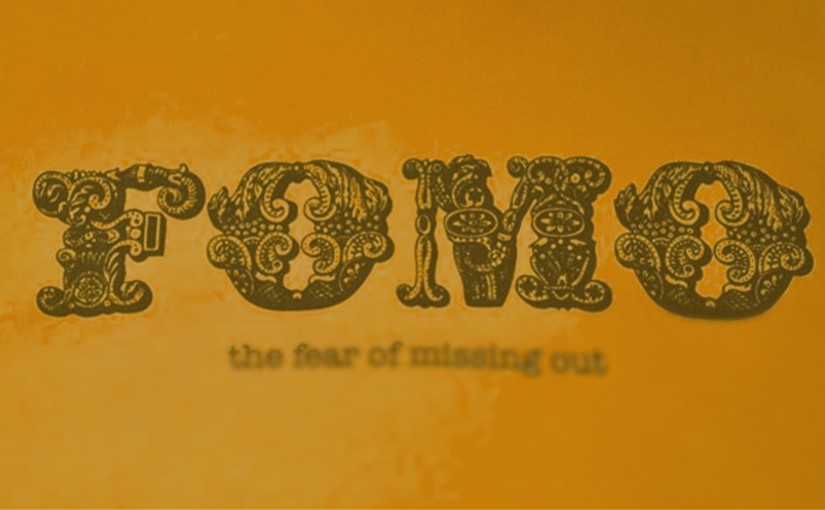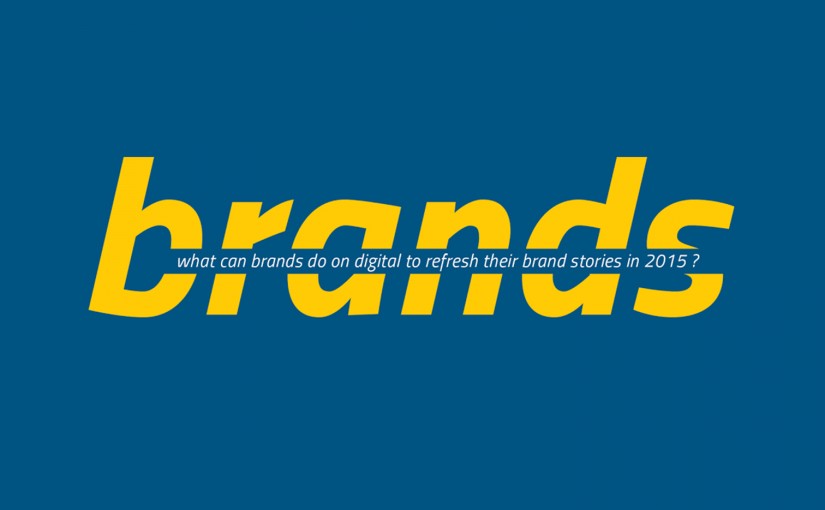Drop us a few lines about the task and we will get back immediately to see we how we can take the discussion forward. Alternately, just pick up the phone and speak with us at +91 9910034330 and we would be happy to help.
- - Do tell us a little about the nature of your business.
- - Be specific about what you’d like us to help you with.
- - Knowing your budget always helps us plan a suitable intervention.
- Blog
The Fat Line Between Design and Art
-
The Fat Line Between Design and Art
I am a graphic designer. Pretty often when my work is referred to as art, I make sure I clarify that it’s actually design! That’s because art and design may use similar techniques, deal with aesthetics, and many designers may also make art, but design and art are very different, even though they do tend to overlap. They have different starting points, processes, purposes, target audiences and end products.
I will go the extent of saying that the process of designing is a part of our basic nature. In order to explain it better, let us go back 40,000 years, to the Paleolithic era, roughly the time when our ancestors created cave paintings. Considered widely to be art, these cave paintings actually were the earliest forms of visual communication, and are now believed to have been used to explain the process of hunting to the more inexperienced members of the tribe. Design also stepped in in the form of the most basic stone tools primarily used for cutting, tearing and digging. It is believed that these cavemen often engaged in dancing and drumming in order to acquire a collective tribal identity, but the first instance of tangible art in the forms of handicrafts did not appear until about 10,000 years ago, when men started agriculture and formed settlements. Since now their basic needs of food and shelter were taken care of, people had more time in their hands to develop the arts.
The Origin and the Process
Artists often start the process of making art with a visualisation in mind of an idea they want to represent. They strive to be rebellious, original, and push their limits. Design originates simply because of a need. The client conveys the need to the designer in the form of a brief which outlines specific constraints which need to be adhered to. While designing a catalogue for a brand, the client may ask the designer to use specific colours, type, and pictures. The elements of design may already be decided. It is the designer’s job to select and arrange these elements in the form most suitable to the requirement. That doesn’t mean that designers don’t have much freedom. It is the fulfilment of the need that gives rise to innovation.
The Purpose and the Interpretation
The purpose of art has evolved through the ages and is still evolving. In medieval times, symbolic motifs were often used to tell religious stories. With Renaissance and the discovery of perspective, artists and sculptors aimed to capture more and more realism. Due to the popularity of the camera in the 19th century, the purpose of art changed dramatically. Now instead of capturing reality, art changed its direction to become more abstract, and was used by artists to make social and political statements, apart from serving a recreational purpose. Art is open to interpretation and demands attention. It wants to leave a lasting impression on your mind. It seeks to evoke an emotional response from you. The enigmatic smile of the Mona Lisa has been discussed and written about thousands of times through many a century. Art is meant to be interpreted differently by different people.
Design, on the other hand, sends the same message to its audience. For example, a good web design will be unobtrusive, and will be clear in its message. It won’t make you stare at it for a long time, wondering what it’s all about. It will lead your eye in a certain direction, persuading you to press that button. Good designers understand user behaviour and psychology, and are able to manipulate your actions into what they want you to do. The purpose, whether it is to inform, to invite, to sell or to guide, is of primary importance. In design speak, form follows function. A design that is not functional, can never aspire to be considered good, or successful, and no amount of frills can make up for it.
The Context and the Audience
A proper understanding of the context in design is of utmost importance. The context can include things like, the age of the audience, the income group, socio-cultural background, the placement of the product, weather conditions, lighting, and a whole lot of other things. For example, designing signages for a school will be very different from doing the same for a cafe. That is not to say that art lacks context. It might be a lot personal to the artist and independent of what the audience wants. Political movements, personal circumstances, the artist’s cultural background and values, philosophical viewpoints etc. make up the context for art. And so does the artist’s intention. In the ancient times, art was commissioned by extravagant rulers and was not accessible to the common people. Now it has adapted itself for everyone in the form of exhibits, political propaganda, graffiti and such like. The web has enabled artists showcase their work to the whole world and interact directly with their audience.
The Overlap
After these ramblings I would still like to say that art and design are not independent of each other. Design is a way of thinking, and can be incorporated even in art. Design is a delicious recipe which comprises art, psychology, science, marketing, among other things. Art and design use a similar skill set, and artists can be trained to become designers. Designers often design in their particular style and put in their own creative thinking and narrative. One brief tackled by different designers is bound to produce very different results, however objectively they might have worked on it.
With the passage of time, art and design have become more and more specialised and distinct. They often cross paths in some disciplines, but they involve different ways of looking at things, and it is essential to keep it that way.
Disclaimer: Views of authors are personal and do not represent the views of Blogworks, or any of its clients.
-
Contact
conversations@blogworks.in
+91-9910034330 -
Newsletter
-
Social










